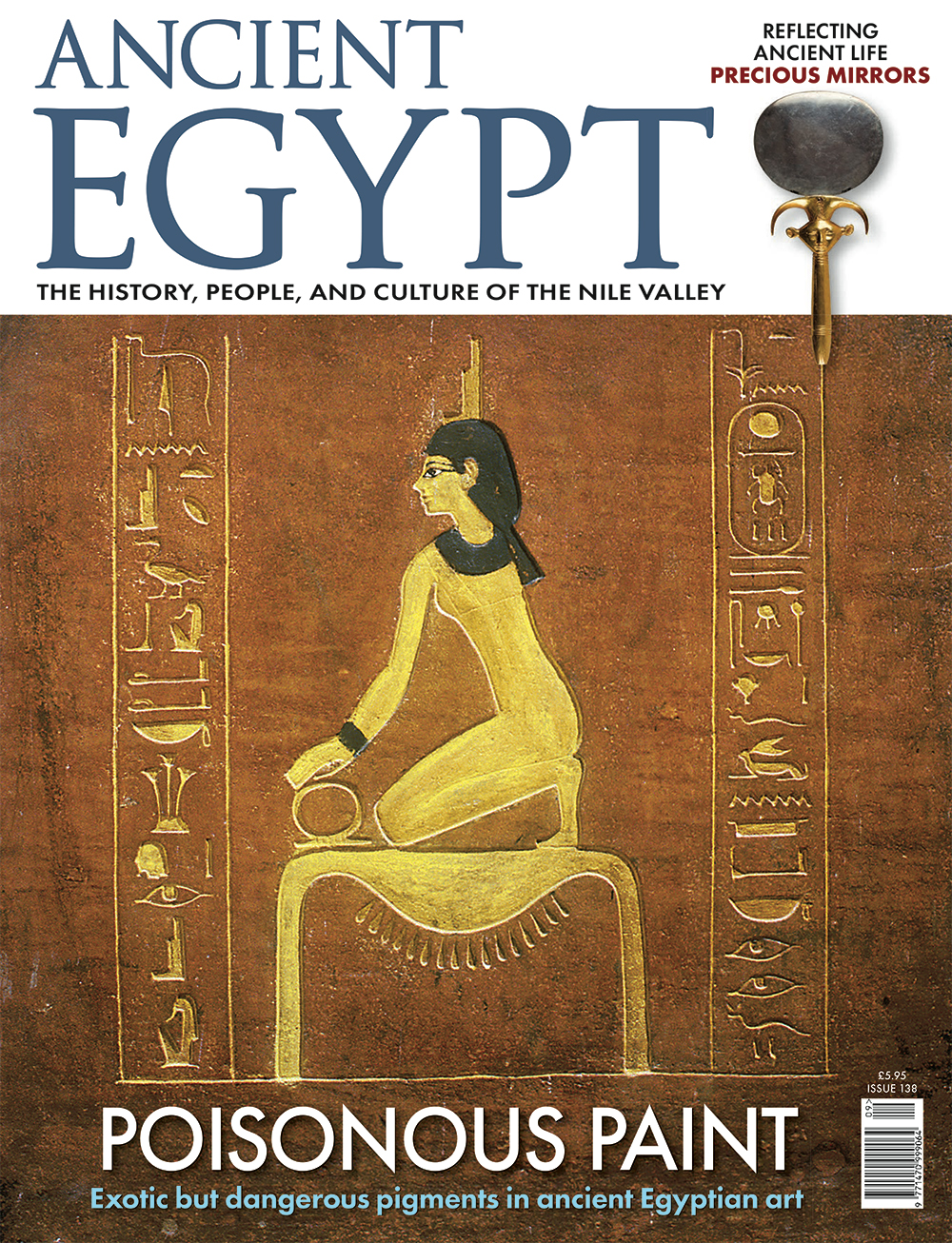Geoffrey Lenox-Smith has been ‘out and about’ in Giza, and it is clear from his report that the Grand Egyptian Museum will be spectacular when it is fully open. Already there are colossal statues and obelisks gathered from various locations and displayed in a way that makes them easy to study, although the current restriction on photography will disappoint many professional Egyptologists and passionate amateurs if it becomes permanent. If mobile phones are allowed, with the problems caused by their automatic flash and people insisting on taking ‘selfies’, surely the use of cameras (perhaps restricted by the need to purchase a permit) would be preferable?
You may know that honey has antiseptic properties, but did you know it repels ghosts – unless you live in Romania, where it attracts them Amandine Marshall will put you right.
There must have been ghosts in the Ptolemaic palaces of Alexandria, where murder seems to have been commonplace. Lloyd Llewellyn-Jones continues his series tracing the lives of the seven Queen Cleopatras by describing the astute political manoeuvres that Cleopatra II used to maintain her authority among her male relatives.
Were ghosts reflected in the mirrors fashioned from polished metal that Hilary Wilson describes? And were the Ptolemies aware of the toxicity of the pigments that they used to decorate their artworks – a convenient source of poisons, perhaps? The colours are vibrant, but, as Barbara Boczar explains, they were often obtained from minerals with dangerous properties.
Amenhotep was a popular name for the officials in the court of pharaoh Amenhotep III. Wolfram Grajetzki selects one of the most important, the High Steward also known as Huy, as the subject of his article, while Roger Forshaw tells us about an institution no doubt very familiar to Huy – the House of Life.

